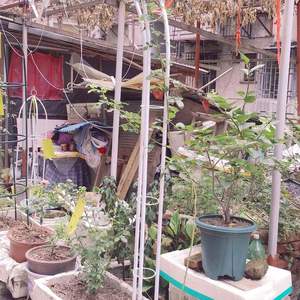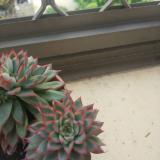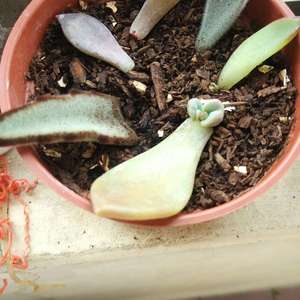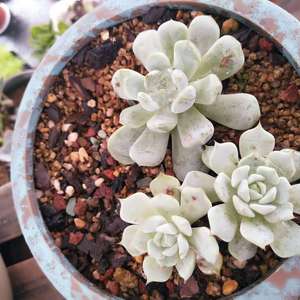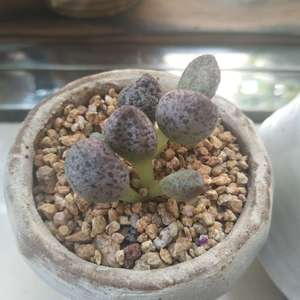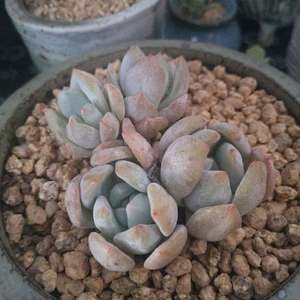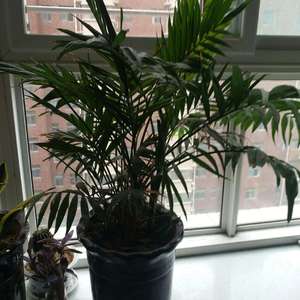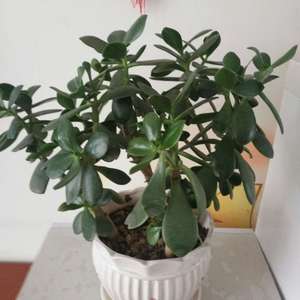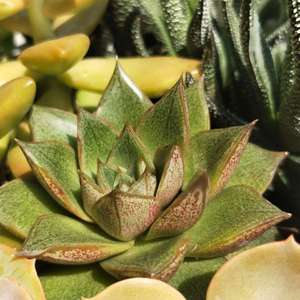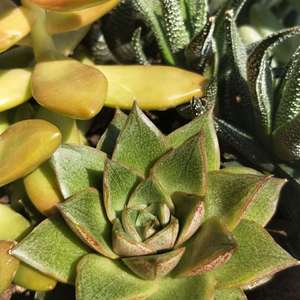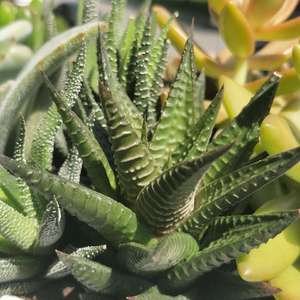文章
Miss Chen
2018年08月18日

An evergreen, foxtail fern (Asparagus densiflorus "Myers") has delicate-looking, plumed stems, which are lined with pointed, bright green leaves. Despite its ferny appearance, foxtail fern is a flowering plant. Forming fluffy mounds 2 feet tall and up to 4 feet wide, foxtail fern works wells as a houseplant, specimen, container or border plant, requiring minimal maintenance and care. Foxtail ferns are generally free from pests and disease (ref 5)

Warm-Climate Plant
Foxtail fern grows outdoors in U.S. Department of Agriculture plant hardiness zones 9 through 11, growing in full sun to light shade. Dappled sunlight is best. If it gets too much sun, its leaves may drop. If you're growing multiple plants, space them 18 to 24 inches apart. Foxtail fern can tolerate temperatures as low as 20 degrees Fahrenheit. Where not hardy, foxtail fern may be grown as a houseplant in front of a bright, sunny windowsill with temperatures between 60 and 75 degrees F. The decorative red berries are mildly toxic if eaten, so warn children not to sample them.
Water Regularly
Foxtail fern tolerates a range of soil types, as long as it is well-draining. Water regularly and deeply, allowing the soil to dry out somewhat between waterings. Do not allow the soil to become flooded or waterlogged. Reduce watering in the winter, but do not allow the soil to become completely dry. Insufficient water may cause leaf drop. If you're growing it in a container, choose a pot with at least one drainage hole. Increase humidity for indoor plants by placing the container on a tray with wet pebbles and misting the plant regularly with room-temperature water.
Fertilize Monthly
During the growing season, fertilize outdoor plants monthly with 3 ounces of a 10-10-10 fertilizer mixed into 1 gallon of water per 10 square feet of bedding space. Check the label as directions vary among brands. Fertilize indoor plants monthly during the growing season with 7 drops of a liquid 10-10-10 fertilizer per 1 quart of water. Don not fertilize in winter.
Winter Considerations
Winter temperatures in the mid to low 20s Fahrenheit may damage foliage in the winter. In early spring, trim frost-damaged foliage to help the plant regain its good looks. (ref 6) Disinfect pruning equipment afterwards by soaking tools for 5 minutes in a solution that is equal parts alcohol and water. Rinse with water and air dry. If there is no rainfall, water plants monthly. To help prevent winter dehydration, mulch around the plant with 2 to 3 inches of organic mulch, such as shredded deciduous plant leaves or pine boughs. Remove mulch in the spring, after frosts have passed. (last ref)

Warm-Climate Plant
Foxtail fern grows outdoors in U.S. Department of Agriculture plant hardiness zones 9 through 11, growing in full sun to light shade. Dappled sunlight is best. If it gets too much sun, its leaves may drop. If you're growing multiple plants, space them 18 to 24 inches apart. Foxtail fern can tolerate temperatures as low as 20 degrees Fahrenheit. Where not hardy, foxtail fern may be grown as a houseplant in front of a bright, sunny windowsill with temperatures between 60 and 75 degrees F. The decorative red berries are mildly toxic if eaten, so warn children not to sample them.
Water Regularly
Foxtail fern tolerates a range of soil types, as long as it is well-draining. Water regularly and deeply, allowing the soil to dry out somewhat between waterings. Do not allow the soil to become flooded or waterlogged. Reduce watering in the winter, but do not allow the soil to become completely dry. Insufficient water may cause leaf drop. If you're growing it in a container, choose a pot with at least one drainage hole. Increase humidity for indoor plants by placing the container on a tray with wet pebbles and misting the plant regularly with room-temperature water.
Fertilize Monthly
During the growing season, fertilize outdoor plants monthly with 3 ounces of a 10-10-10 fertilizer mixed into 1 gallon of water per 10 square feet of bedding space. Check the label as directions vary among brands. Fertilize indoor plants monthly during the growing season with 7 drops of a liquid 10-10-10 fertilizer per 1 quart of water. Don not fertilize in winter.
Winter Considerations
Winter temperatures in the mid to low 20s Fahrenheit may damage foliage in the winter. In early spring, trim frost-damaged foliage to help the plant regain its good looks. (ref 6) Disinfect pruning equipment afterwards by soaking tools for 5 minutes in a solution that is equal parts alcohol and water. Rinse with water and air dry. If there is no rainfall, water plants monthly. To help prevent winter dehydration, mulch around the plant with 2 to 3 inches of organic mulch, such as shredded deciduous plant leaves or pine boughs. Remove mulch in the spring, after frosts have passed. (last ref)
0
0
辣木姐--璐颖
2018年08月16日

我新添加了一棵“劳尔2018-8-16上盆(AK多肉)¥2元入”到我的“花园”


0
0
辣木姐--璐颖:@五花肉jia鱼 买几颗玩玩,过几天云南大大家的肉到货都是巨无霸
五花肉jia鱼:这家也光顾了






